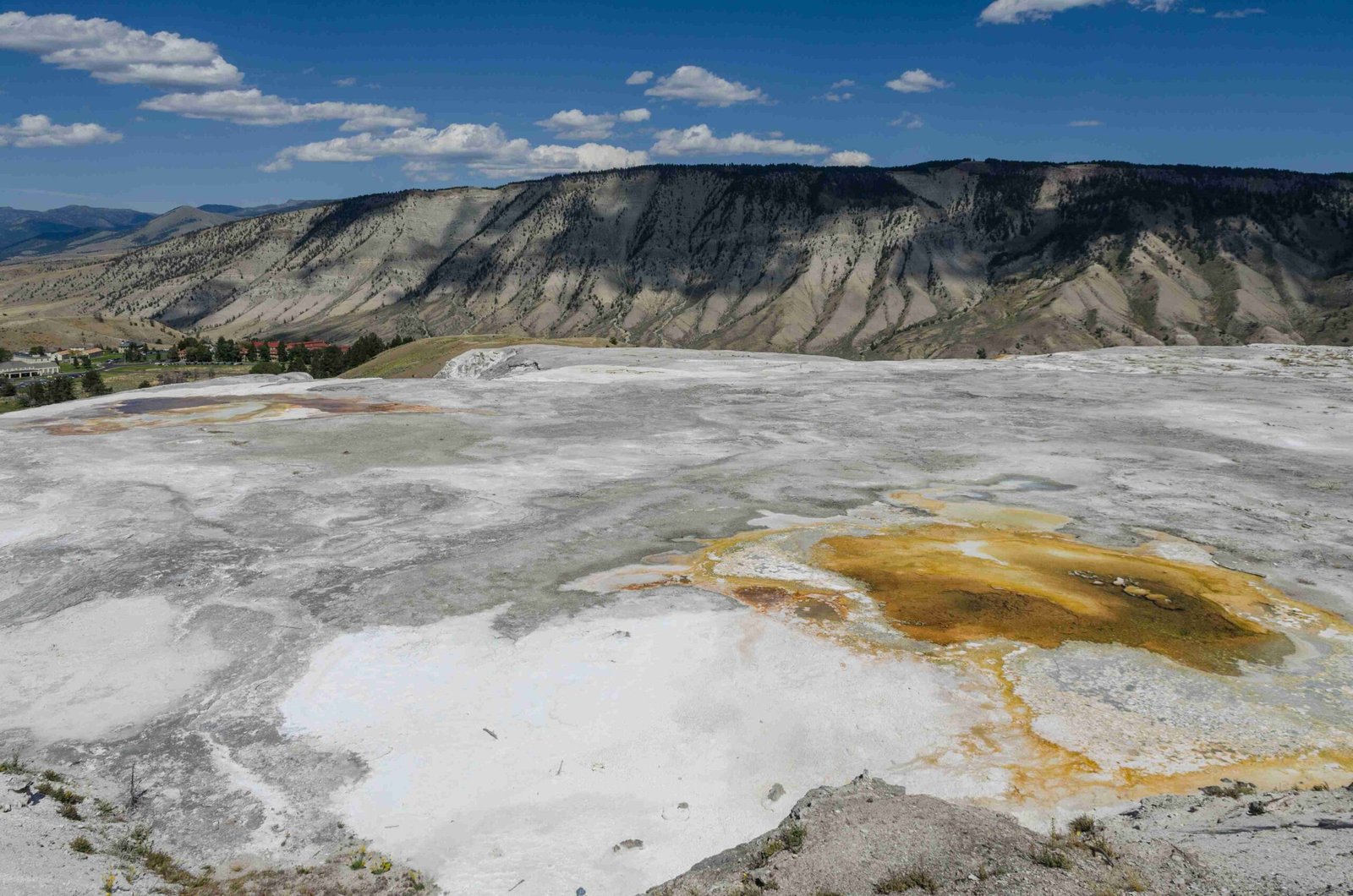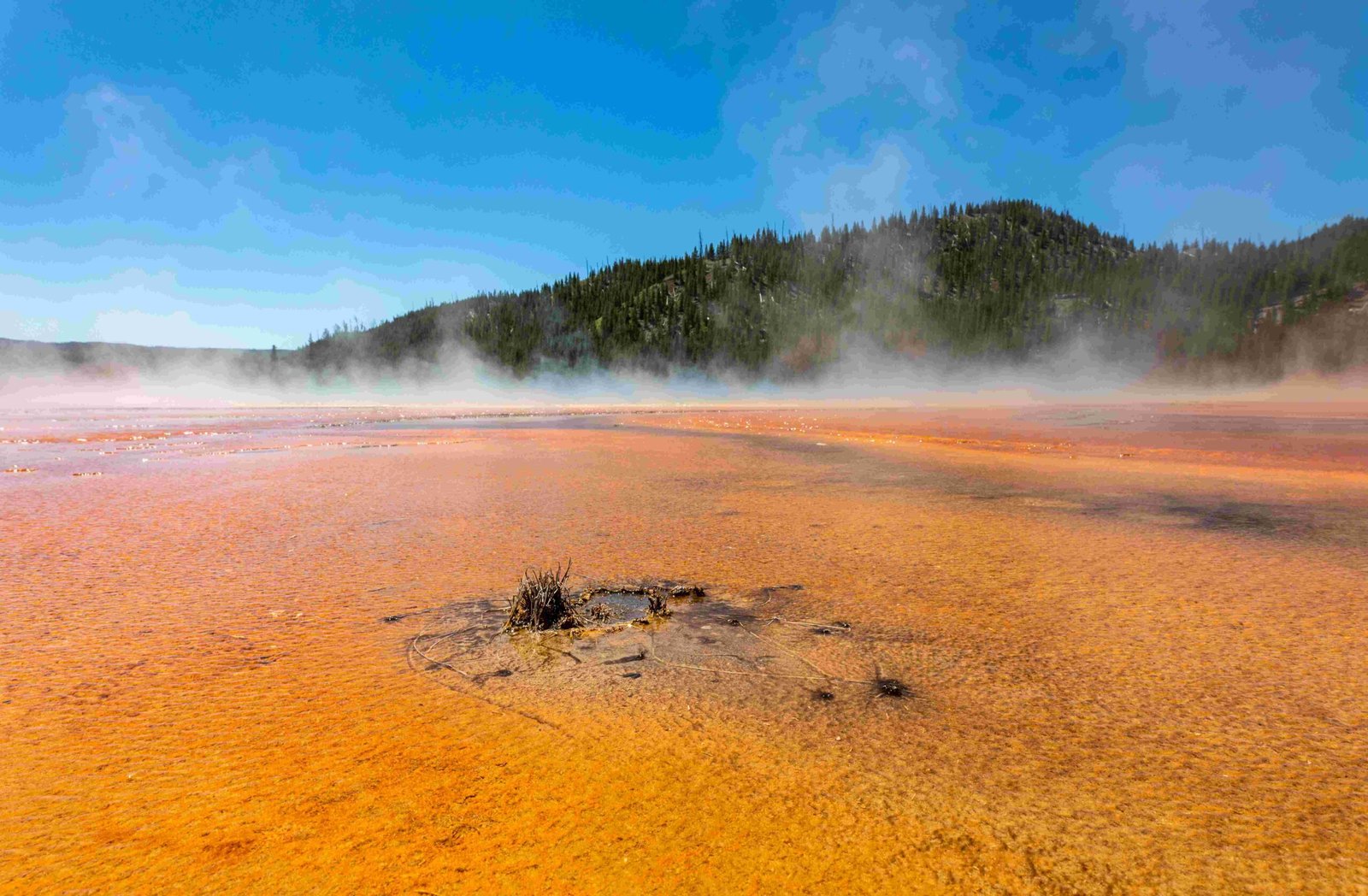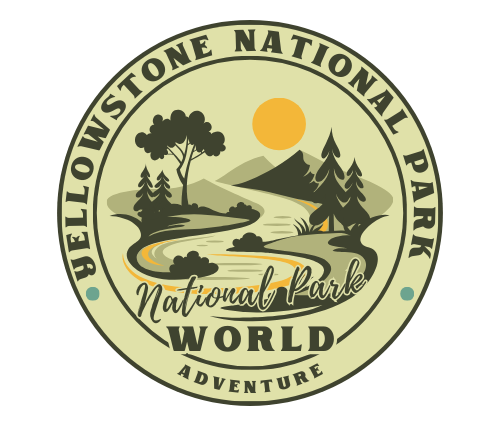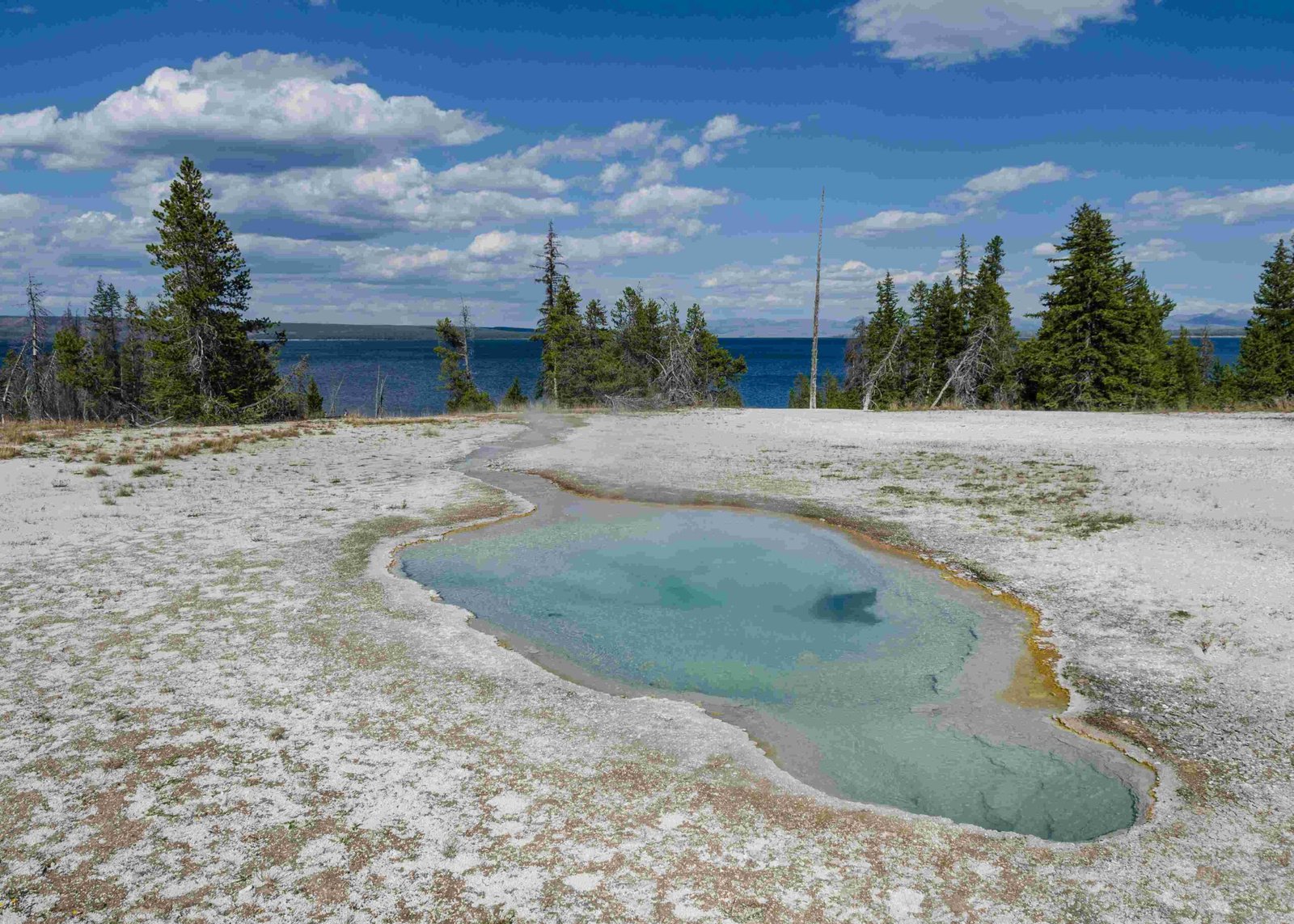Yellowstone National Park is home to the world’s largest concentration of active geysers, with over 500 geysers and 10,000 thermal features. These geothermal wonders attract millions of visitors annually, showcasing the park’s unique volcanic landscape. From the iconic Old Faithful to the unpredictable Steamboat Geyser, Yellowstone’s active geysers offer a spectacular display of nature’s power and beauty.
What Are the Most Famous Active Geysers in Yellowstone?

Yellowstone National Park boasts several renowned active geysers that captivate visitors with their regular eruptions and impressive displays. Here are some of the most famous:
- Old Faithful
- Eruption Frequency: Approximately every 90 minutes
- Average Height: 100-180 feet (30-55 meters)
-
Notable Feature: Most predictable large geyser
-
Grand Geyser
- Eruption Frequency: Every 6-7 hours
- Average Height: Up to 200 feet (61 meters)
-
Notable Feature: Tallest predictable geyser in the world
-
Steamboat Geyser
- Eruption Frequency: Unpredictable, can be days to years apart
- Average Height: Over 300 feet (91 meters)
-
Notable Feature: World’s tallest currently active geyser
-
Castle Geyser
- Eruption Frequency: Every 10-12 hours
- Average Height: 75 feet (23 meters)
-
Notable Feature: Distinctive cone-shaped formation
-
Beehive Geyser
- Eruption Frequency: Once or twice daily
- Average Height: Up to 200 feet (61 meters)
- Notable Feature: Narrow, powerful eruption
How Do Yellowstone’s Active Geysers Work?

Yellowstone’s active geysers are the result of a complex interplay of geological factors:
-
Heat Source: The Yellowstone Caldera, a massive underground volcanic system, provides the heat.
-
Water Supply: Rainwater and melted snow seep into the ground, forming underground reservoirs.
-
Plumbing System: A network of cracks and fissures in the rock allows water to circulate.
-
Pressure Build-up: As water heats up, pressure increases in confined spaces.
-
Eruption: When pressure exceeds the weight of the water column above, an eruption occurs.
This process repeats, creating the cyclical nature of geyser eruptions.
Where Are the Best Locations to View Active Geysers in Yellowstone?
Yellowstone offers several prime locations for observing active geysers:
- Upper Geyser Basin
- Home to Old Faithful and the majority of the world’s active geysers
- Boardwalks provide easy access to multiple geysers
-
Old Faithful Visitor Education Center offers eruption predictions
-
Norris Geyser Basin
- Features Steamboat Geyser and other unique thermal features
- Two distinct areas: Porcelain Basin and Back Basin
-
Known for its ever-changing thermal activity
-
Midway Geyser Basin
- Home to Grand Prismatic Spring, the largest hot spring in the U.S.
-
Excelsior Geyser Crater discharges thousands of gallons of water per minute
-
Lower Geyser Basin
- Fountain Paint Pot area showcases all four types of thermal features
-
Great Fountain Geyser erupts every 9-15 hours
-
West Thumb Geyser Basin
- Unique location on the shore of Yellowstone Lake
- Features both land-based and underwater geysers
What Safety Precautions Should Visitors Take Around Active Geysers?
When visiting Yellowstone’s active geysers, safety is paramount:
-
Stay on Designated Paths: Boardwalks and trails are designed for your safety.
-
Maintain Distance: Keep at least 25 yards (23 meters) from all thermal features.
-
No Swimming or Bathing: Thermal waters can cause severe burns or death.
-
Keep Children Close: Supervise children at all times near thermal areas.
-
No Pets: Pets are not allowed on boardwalks in thermal areas.
-
Do Not Throw Objects: Tossing items into geysers is illegal and can damage them.
-
Be Prepared: Carry water, wear sunscreen, and dress in layers.
-
Follow Park Rules: Obey all posted signs and ranger instructions.
How Can Visitors Plan Their Geyser-Viewing Experience?
To make the most of your geyser-viewing experience in Yellowstone:
- Check Eruption Predictions:
- Old Faithful Visitor Education Center provides predictions for major geysers
-
NPS Geyser App offers real-time updates
-
Join Ranger Programs:
- Free guided walks and talks about geysers and thermal features
-
Schedule available at visitor centers
-
Best Viewing Times:
- Early morning or late evening for smaller crowds
-
Midday for best lighting conditions
-
Photography Tips:
- Use a wide-angle lens for context
- Tripod for long exposures in low light
-
Consider including people for scale
-
Accessibility:
- Many geyser basins have wheelchair-accessible boardwalks
- Check with visitor centers for specific accessibility information
What Are Some Lesser-Known Active Geysers Worth Visiting?
While famous geysers attract crowds, these lesser-known active geysers offer unique experiences:
- Great Fountain Geyser
- Location: Lower Geyser Basin
- Eruption Height: Up to 200 feet (61 meters)
- Frequency: Every 9-15 hours
-
Notable Feature: Symmetrical fountain-like eruptions
-
Lone Star Geyser
- Location: Off Grand Loop Road
- Eruption Height: Up to 45 feet (14 meters)
- Frequency: Every 3 hours
-
Notable Feature: Accessible via a scenic 2.5-mile trail
-
Cliff Geyser
- Location: Black Sand Basin
- Eruption Height: 30-40 feet (9-12 meters)
- Frequency: Every few minutes
-
Notable Feature: Erupts from the side of a cliff
-
Riverside Geyser
- Location: Upper Geyser Basin
- Eruption Height: Up to 75 feet (23 meters)
- Frequency: Every 5-7 hours
-
Notable Feature: Erupts over the Firehole River
-
Echinus Geyser
- Location: Norris Geyser Basin
- Eruption Height: Up to 125 feet (38 meters)
- Frequency: Irregular, can be hours to months
- Notable Feature: Acidic water creates unique mineral deposits
By exploring these lesser-known geysers, visitors can experience the diversity of Yellowstone’s geothermal wonders while avoiding the largest crowds.
How Do Seasonal Changes Affect Geyser Activity in Yellowstone?
Yellowstone’s active geysers exhibit variations in their behavior throughout the year:
- Spring (March-May):
- Snowmelt can increase water supply to geysers
- Some geysers may become more active
-
Wildlife viewing opportunities around thermal areas
-
Summer (June-August):
- Peak visitation season
- Consistent geyser activity
-
Longer daylight hours for viewing
-
Fall (September-November):
- Cooler temperatures can affect steam visibility
- Reduced crowds for more peaceful viewing
-
Potential for early snowfall
-
Winter (December-February):
- Limited access to some geyser basins
- Stunning contrast of steam against snow
- Unique opportunities for winter photography
Seasonal changes can affect not only geyser activity but also the overall visitor experience. It’s important to plan accordingly and check current conditions before visiting.
In conclusion, Yellowstone National Park’s active geysers offer a unique and awe-inspiring natural spectacle. From the predictable eruptions of Old Faithful to the rare displays of Steamboat Geyser, these geothermal wonders provide endless fascination for visitors. By understanding their mechanisms, locations, and viewing tips, you can make the most of your geyser-watching experience in this remarkable volcanic landscape.
References:
1. National Park Service – Yellowstone Geysers
2. Yellowstone National Park Lodges – Geyser Basins
3. USGS – Yellowstone Volcano Observatory

